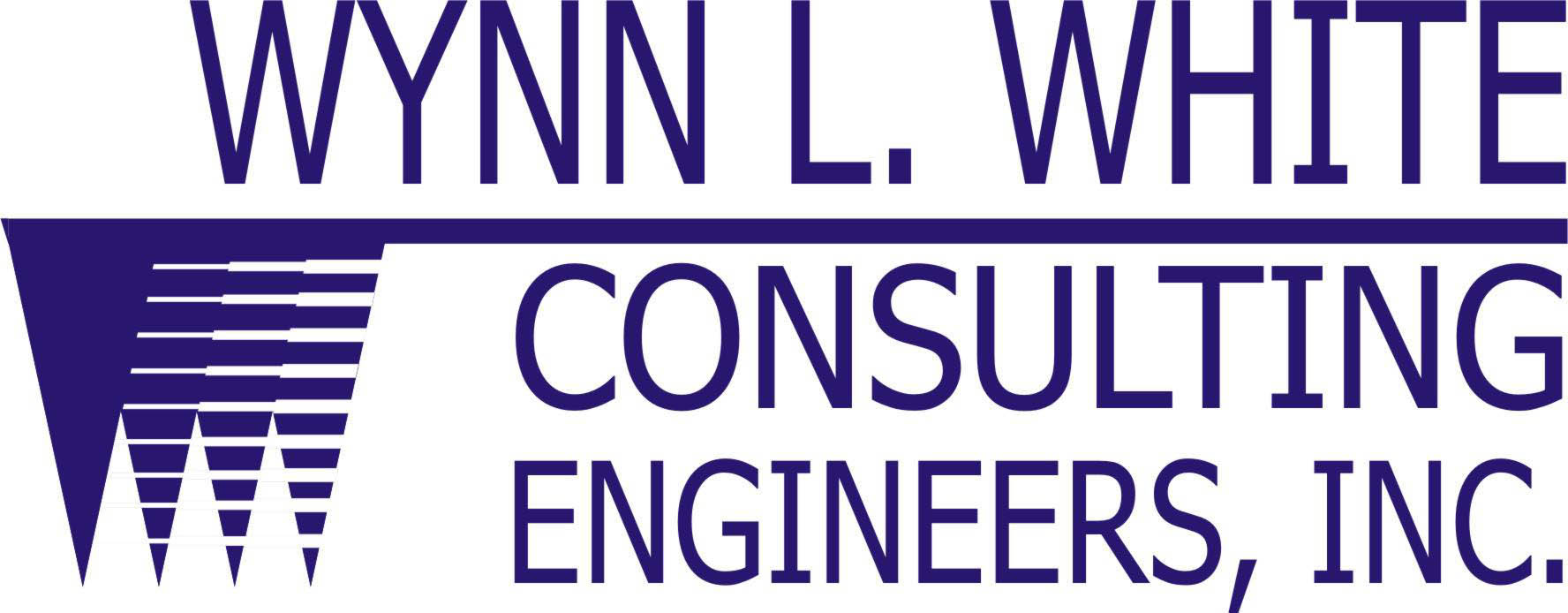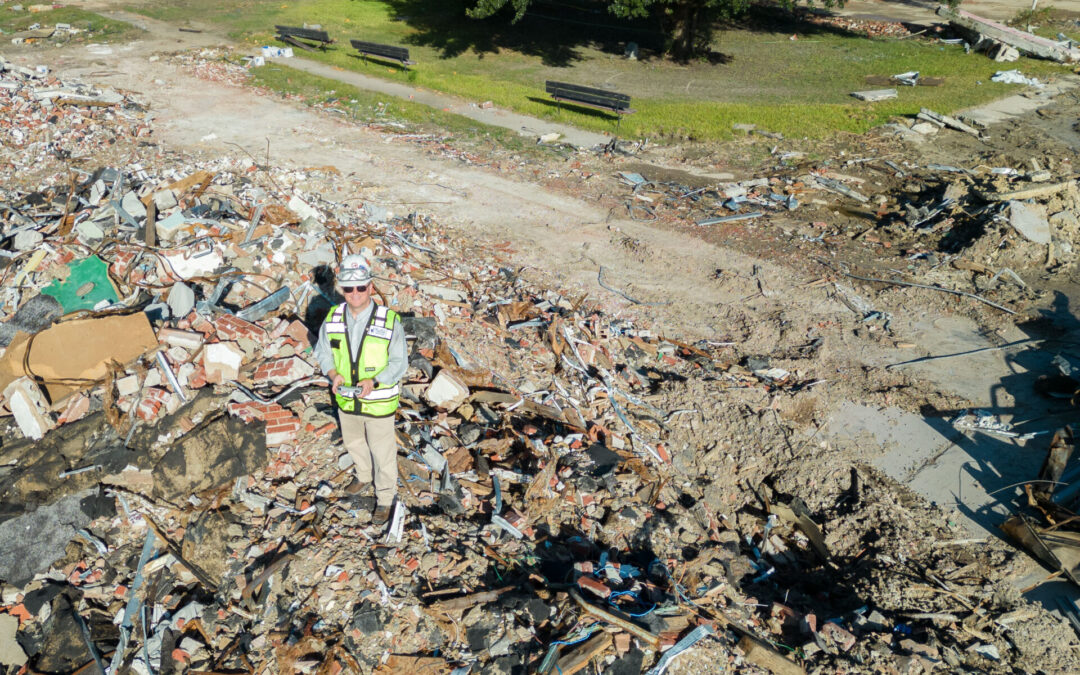Environmental disasters during demolition projects can result in significant and needless disposal expense as well as penalties from environmental regulation violations. We’re working on a debris cleanup and disposal project right now that will cost someone right at $1 million.
$1 million.
Do you have an extra $1 million laying around?
This project could have cost as little as $30,000 for the asbestos abatement and disposal costs had the project team followed a 50 year old law and completed two simple tasks:
- Thoroughly inspect the building demolition areas for asbestos.
- Notify the Louisiana Department of Environmental Quality (LDEQ) about the demolition project before starting work.
It is the law. A simple asbestos inspection and a simple LDEQ notification would have saved $970,000.
On this project, LDEQ happened to stop by the site after demolition started. When LDEQ saw the debris laying around (with material suspected of being asbestos) and discovered there’d been no asbestos survey or LDEQ notification of the project, things got interesting.
We received a phone call asking us to visit the site, collect asbestos bulk samples, and provide consulting. Sample analysis found asbestos in the demolition debris. We advised the client that if a facility is demolished or renovated prior to a thorough asbestos inspection or LDEQ notification, then all debris at the site is considered asbestos contaminated debris, and all requirements to notify LDEQ, control emissions, and properly dispose in an asbestos approved landfill apply. This is the same thing LDEQ told them could happen during their initial site visit.
Since the demolition started with no asbestos survey and no LDEQ notification, all the demolition debris is now considered regulated asbestos containing materials.
All of it.
So we designed an abatement/clean-up project and helped the Owner get bids from licensed asbestos abatement contractors. The current problem will go away.

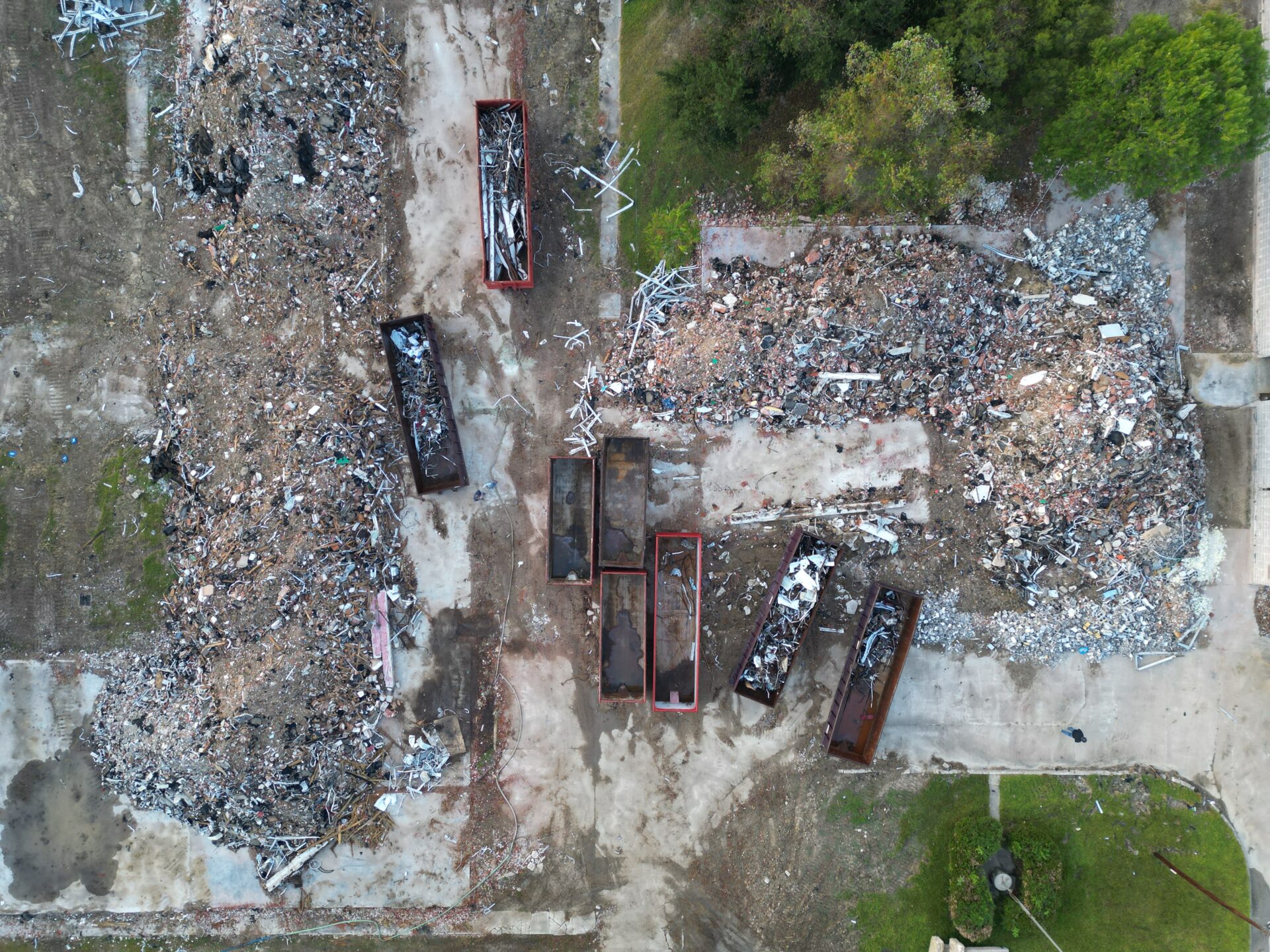
How Can You Avoid This?
If you want to avoid problems like this, engage accredited asbestos inspectors to determine if asbestos is present before you renovate or demolish. If asbestos is present, notify LDEQ, control emissions, and properly dispose of the asbestos in an approved landfill. If you’re demolishing the building and no asbestos is present, notify LDEQ anyway.
Whether you’re the building owner, architect, engineer, general contractor, or demolition contractor, take it upon yourself to make sure these two tasks get done:
- Thoroughly inspect the building renovation/demolition areas for asbestos.
- Notify LDEQ (or your jurisdiction’s delegated environmental regulatory agency) about the project before starting work.
Notification is not required for a renovation if a thorough inspection determines that there is no regulated asbestos containing material (RACM) present, or that RACM is below the established thresholds. Notification is required for all demolitions, regardless if there is ACM or not. It’s also important to note there is no consideration for the age of the building.
In other words, a brand new building requires the same investigation as any older building.
Don’t assume someone else is taking care of this.
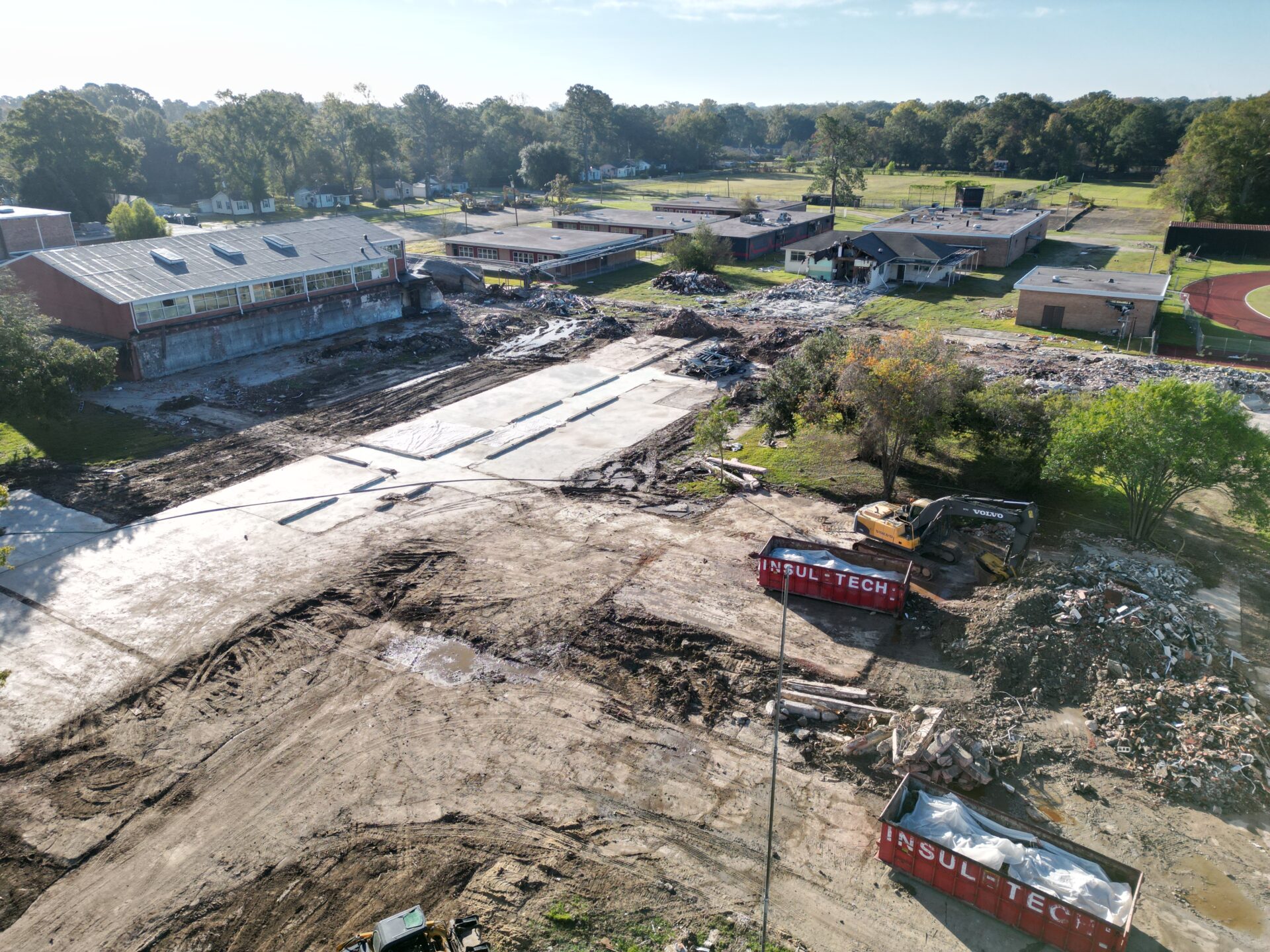
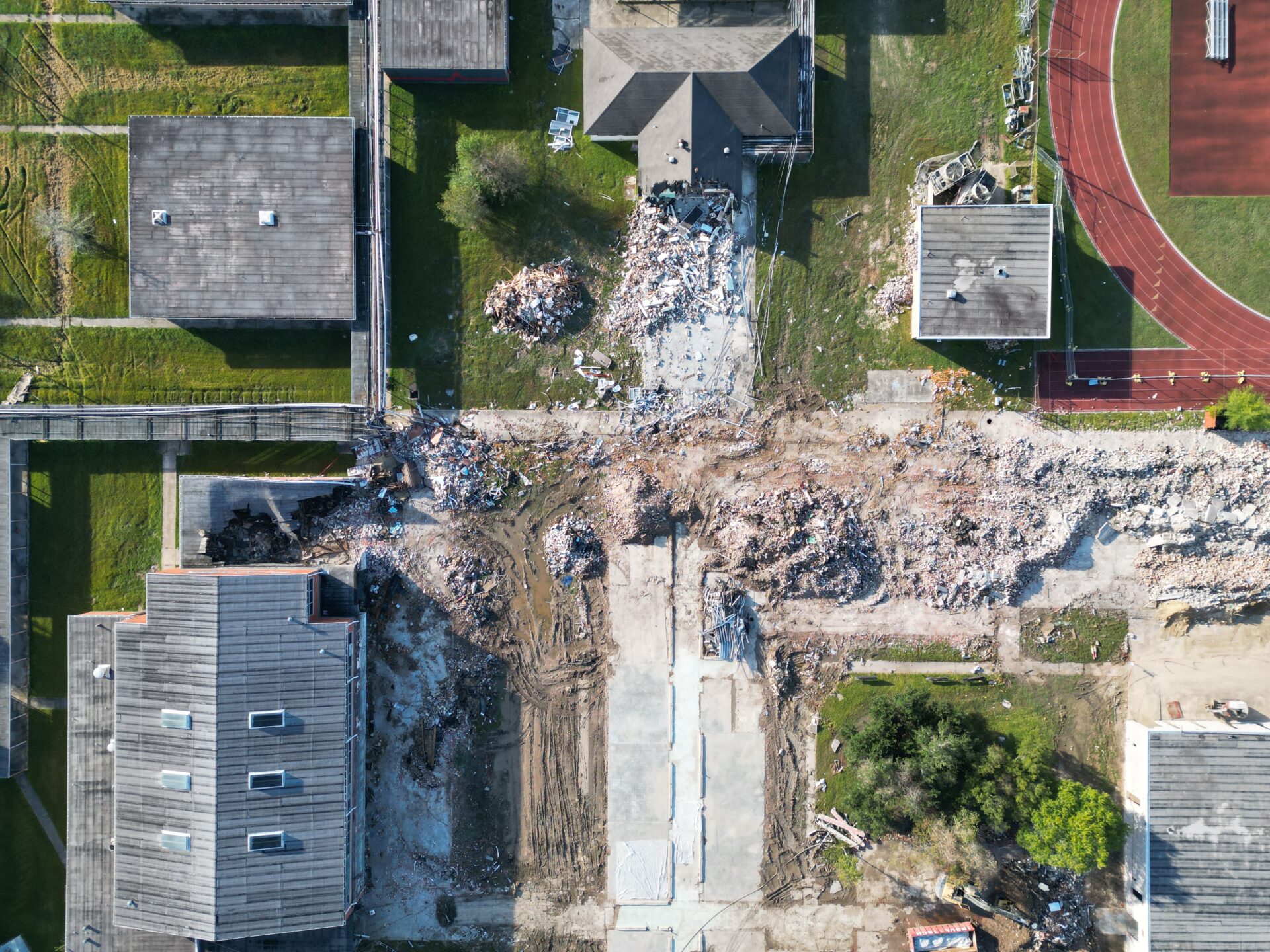
Here are some useful links and information from EPA:
Dealing with Debris and Damaged Buildings
https://www.epa.gov/natural-disasters/dealing-debris-and-damaged-buildings
Avoid problems from airborne asbestos and lead dust
https://www.epa.gov/asbestos/information-owners-and-managers-buildings-contain-asbestos
Renovation and Demolition Requirements
The National Emission Standards for Hazardous Air Pollutants (NESHAP) regulations under the Clean Air Act specify work practices for asbestos to be followed during demolitions and renovations of all structures, installations, and buildings (excluding residential buildings that have four or fewer dwelling units).
SUBMIT A QUESTION
Send us an email with a question you'd like answered.
